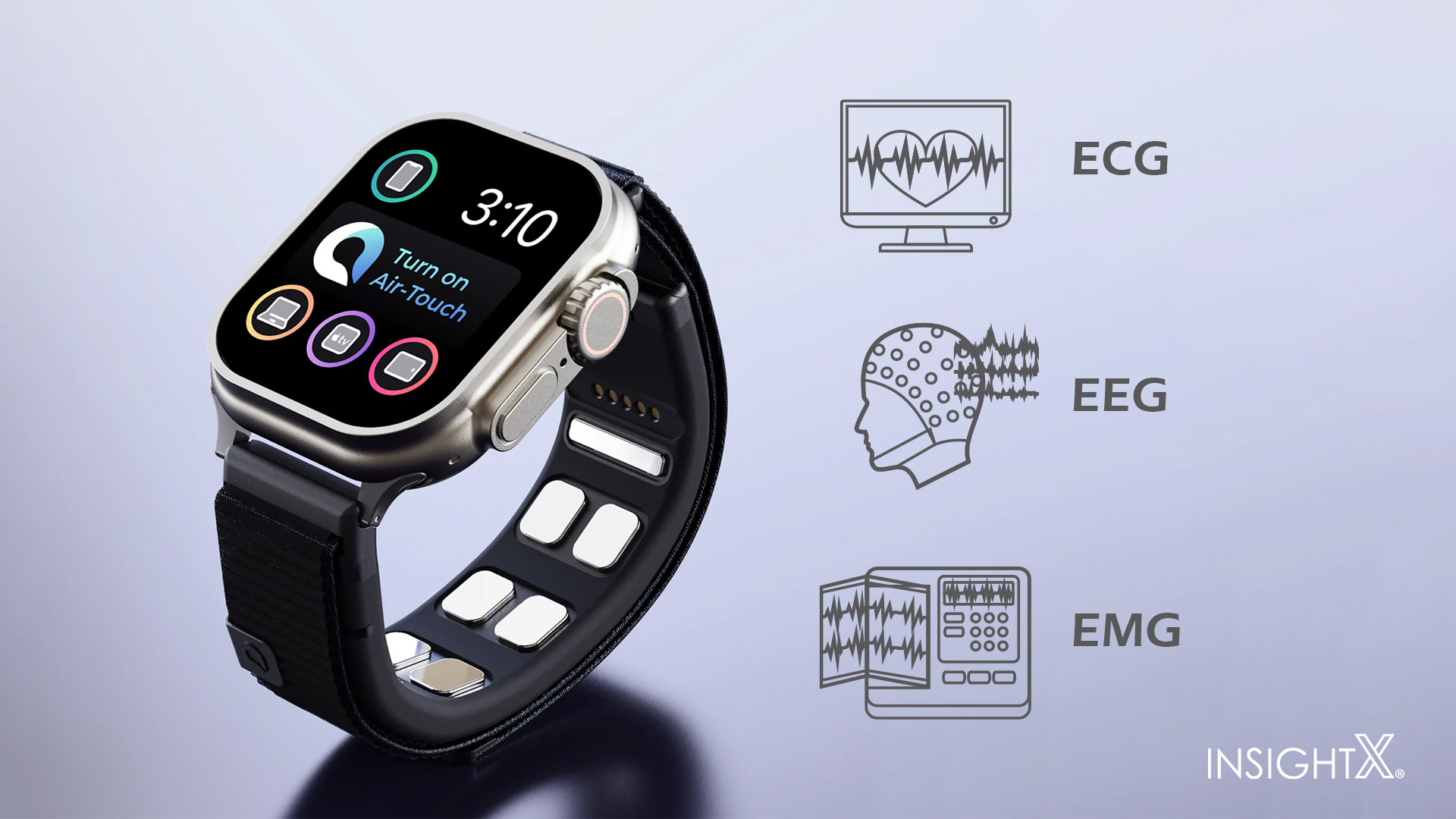Why are we so excited about the Apple Watch?
Why are we so excited about the Apple Watch?

Apple’s Focus on Electromyography (EMG) Sensors for Apple Watch Bands
Apple has drawn significant attention to its technology for integrating electromyography (EMG) sensors into the bands of the Apple Watch. This innovation is rooted in a patent secured by the company and exemplifies Apple’s ongoing commitment to advancing health-related technologies.
Overview of the Patent and Technology
Apple consistently pursues patents for groundbreaking health technologies. In 2021, a patent was identified detailing a system for incorporating EMG sensors into the band of the Apple Watch. This technology leverages sensors to detect muscular activity, enabling the recognition of subtle movements in the hand or fingers to control devices.
For instance, users could potentially operate the Apple Watch or interact with other Apple devices through slight gestures or finger movements. Furthermore, the technology holds promise for applications in augmented reality (AR) and virtual reality (VR), with potential integration into next-generation products such as the Apple Vision Pro.
The Potential of EMG Sensors
Our extensive research has demonstrated that EMG data is essential for enhancing the accuracy of epileptic seizure prediction. However, historically, practical implementation of EMG devices as wearable technology has faced challenges related to size, portability, and user comfort.
Integrating EMG sensors into the Apple Watch band could address these limitations, offering a compact and user-friendly solution. These sensors are capable of detecting muscle action potentials and monitoring involuntary muscle movements, such as tremors or spasms, in real-time. This capability could unlock several critical benefits:
Current Apple Watch Sensor Technologies
The Apple Watch already incorporates several advanced sensor technologies, including:
The addition of EMG sensors would further extend the device's health-monitoring capabilities. By utilizing EMG data, the Apple Watch could enable not only improved epilepsy management but also the development of novel health applications.

Potential Applications for InsightX
By integrating Apple Watch sleep data and electromyography (EMG) data into InsightX’s seizure prediction algorithm, it becomes possible to build a more accurate prediction model without compromising quality of life (QOL) by requiring multiple wearable devices.
Additionally, personalized risk alerts can be provided based on individual behavioral patterns, such as sleep duration and stress levels, enabling higher-quality and more precise personalized healthcare.
However, it is important to note that the accuracy of Apple Watch’s sleep and EMG data may be influenced by factors such as user compliance and environmental conditions, meaning it cannot achieve 100% reliability on its own. These challenges stem from the significant variability in epilepsy symptoms among individuals. To address this, InsightX’s AI, currently in its final stages of development, must incorporate machine learning for user-specific data and integrate other biometric data, such as EEG and EMG, to achieve optimal performance.
